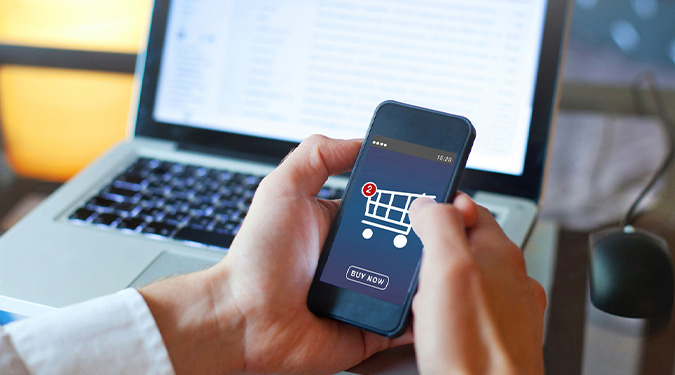Digital procurement systems have revolutionized the way businesses purchase and track spending. By centralizing procurement data and digitizing processes, eProcurement helps thousands of companies improve efficiency, reduce rogue spending and gain greater insight into supplier relationships. It’s no surprise that eProcurement is one of the fastest-growing B2B digital sales channels.
Despite the benefits eProcurement brings to businesses’ internal processes, many companies still rely on outdated manual processes to exchange data with their suppliers. eProcurement systems work best when they have access to catalog data, requisitions, purchase orders, invoices and delivery information. Without a solution to integrate and automate data transfer between systems, procurement professionals must spend hours manually entering information sent by suppliers via physical mail or email attachments.
Leading companies solve these challenges with eProcurement integration, which connects buyer eProcurement systems with supplier eCommerce stores via an integration platform. Once integrated, buyer and supplier systems automatically exchange data and documents, removing the need for manual data entry and rekeying.
Here are four ways best-in-class companies leverage integration to get the most out of their eProcurement system.
1. Strengthen relationships with preferred suppliers
Strong, long-lasting supplier relationships improve supply chain predictability and consistency. They also generate significant cost savings. eProcurement integration provides mutual benefits to enhance buyer and supplier relationships.
Integrating preferred suppliers into your eProcurement system makes them the best purchasing option for those in your organization. Purchases that would once have been spread across multiple competing suppliers are consolidated, which both reduces the number of deliveries and a business’ environmental impact. Further, rogue spending – spending outside of pre-negotiated contracts – is eliminated.
When an organization spends more with preferred suppliers, it can take better advantage of bulk discounts. Additionally, improved access to procurement analytics allows businesses to identify key suppliers and negotiate larger discounts to save money and time.
2. Utilize automation capabilities
eProcurement integration enables a wide range of cost-saving and efficiency-enhancing automations. Inaccurate procurement data is a massive problem for B2B buyers, and manual data entry is the most common culprit of poor data hygiene. Inaccurate or incomplete data causes issues ranging from receiving the wrong goods at the wrong time and unreliable procurement analytics to under and over-paying suppliers. Automated data transfer between buyer and supplier systems ensures data is accurate and up to date.
Another benefit of B2B integration is PunchOut catalogs and Purchase Order (PO) Automation. PunchOut catalogs allow buyers to access supplier e-commerce stores directly within their eProcurement system. When the buyer fills a shopping cart, the details are sent to the buyer’s eProcurement systems and a matching requisition is automatically created. Once approved, purchase order automation electronically sends the PO to the supplier’s system for order processing.
PunchOut catalogs and PO Automation can be extended with additional capabilities, including automatic invoicing (also known as e-invoicing) and Advanced Shipping Notifications. Each of these solutions further streamline the procure-to-pay process and highlight the fact that eProcurement integration ensures the right information gets to the right system at the right time – all without manual intervention.
3. Gain control of spend management
eProcurement integration and automation allow buyers to control and monitor spending in a way that isn’t possible with siloed and manual processes. eProcurement systems ensure buyers purchase from approved suppliers and conform to procurement rules and policies. eProcurement integration ensures accurate product data, which improves user access controls (i.e. who can buy from what supplier) and facilitates a more streamlined internal approval process.
Even better, because accurate procurement data is stored centrally, buyers have complete insight into spending patterns, supplier performance and budgeting.
4. Accelerate procurement cycle times
Without integrated eProcurement, placing an order involves multiple software systems, document types and communication channels. Coordinating procurement manually is both resource-intensive and time-consuming. Automated systems accelerate the speed at which documents and data are exchanged while ensuring information always arrives at the right destination. This not only helps businesses receive orders faster, but it also reduces cost and time to help companies achieve greater procurement efficiency.



